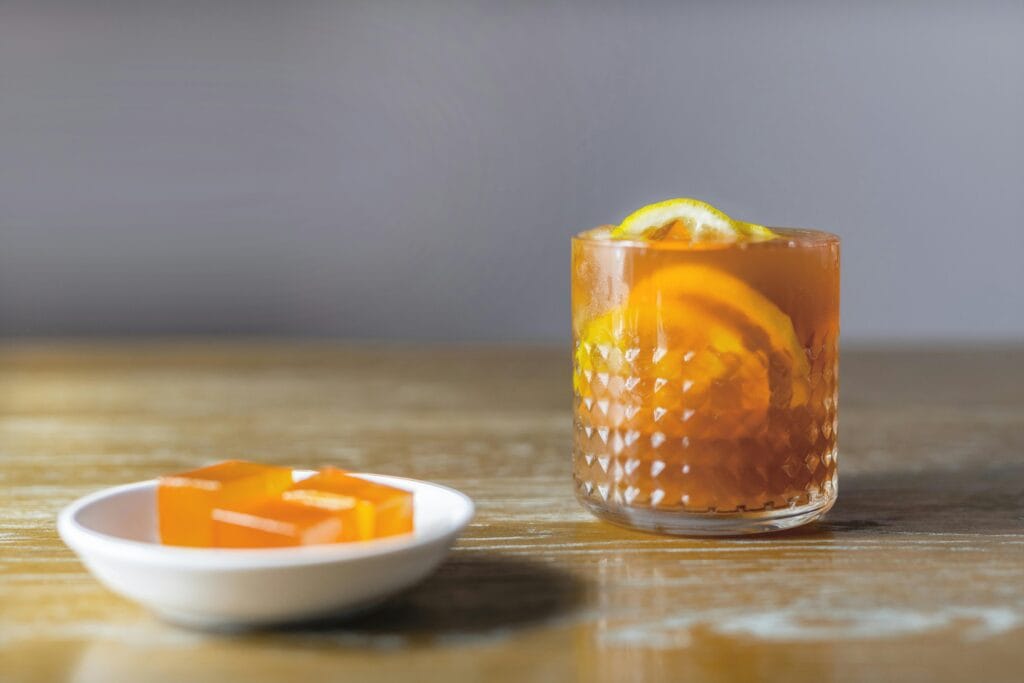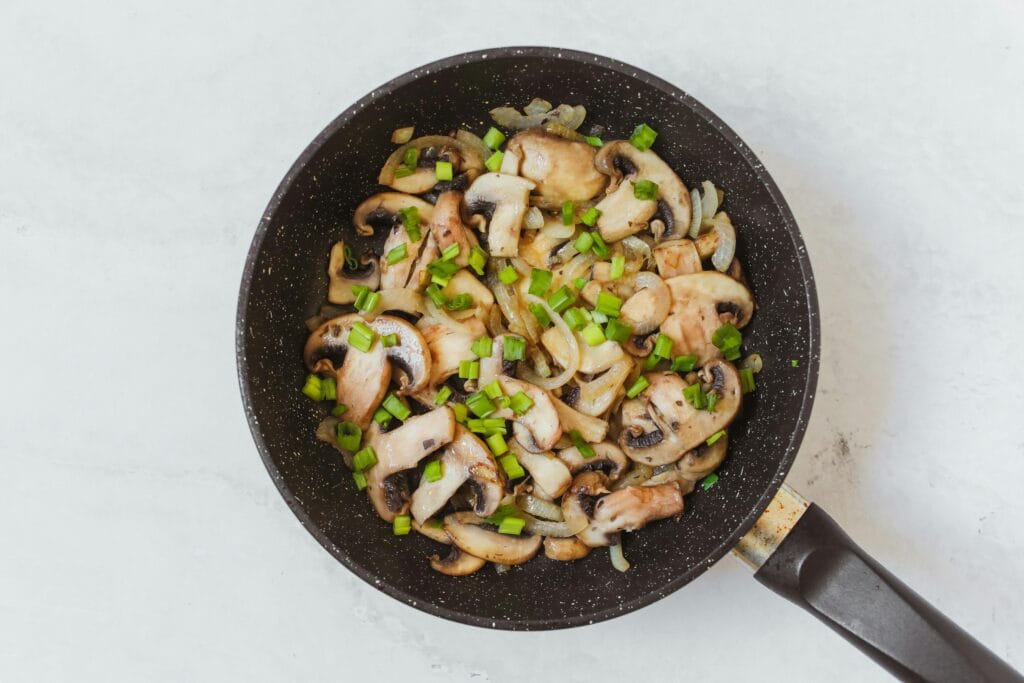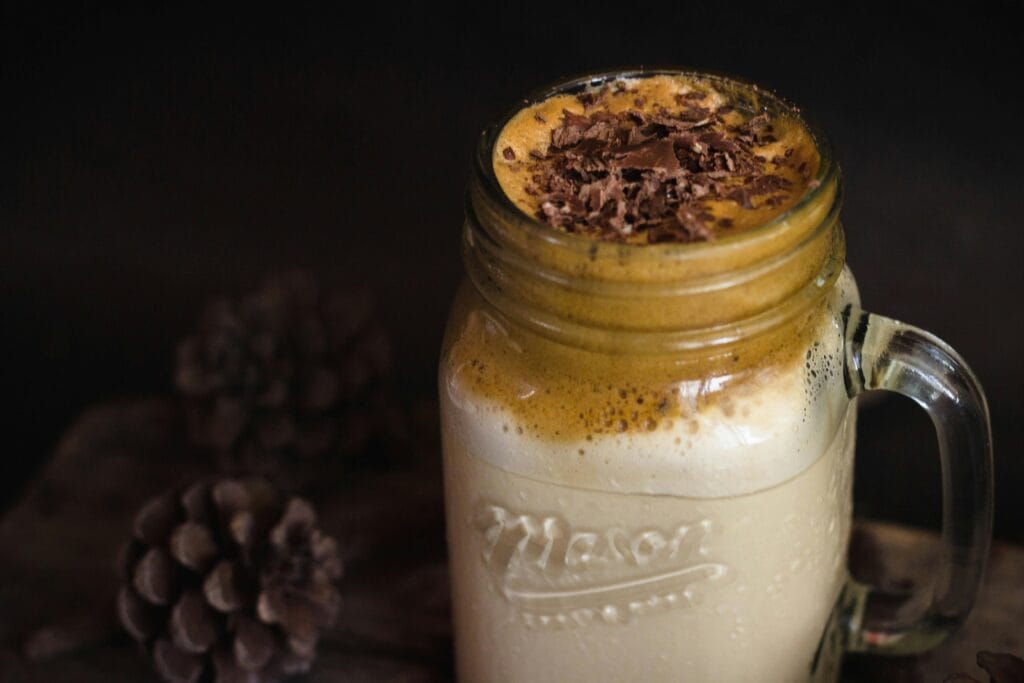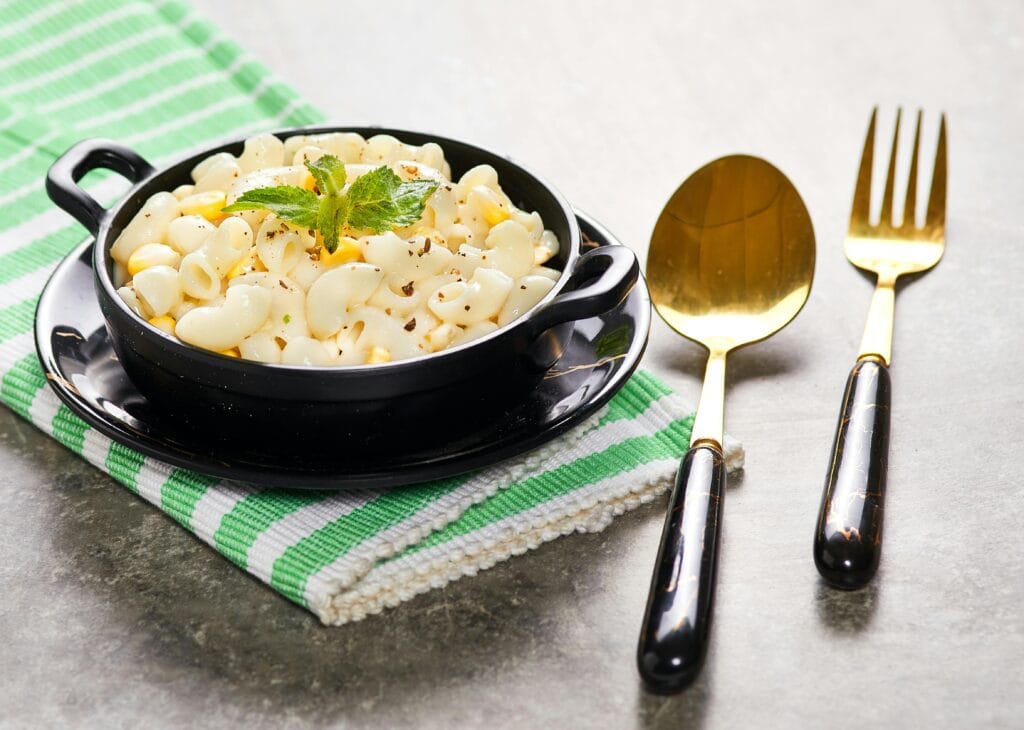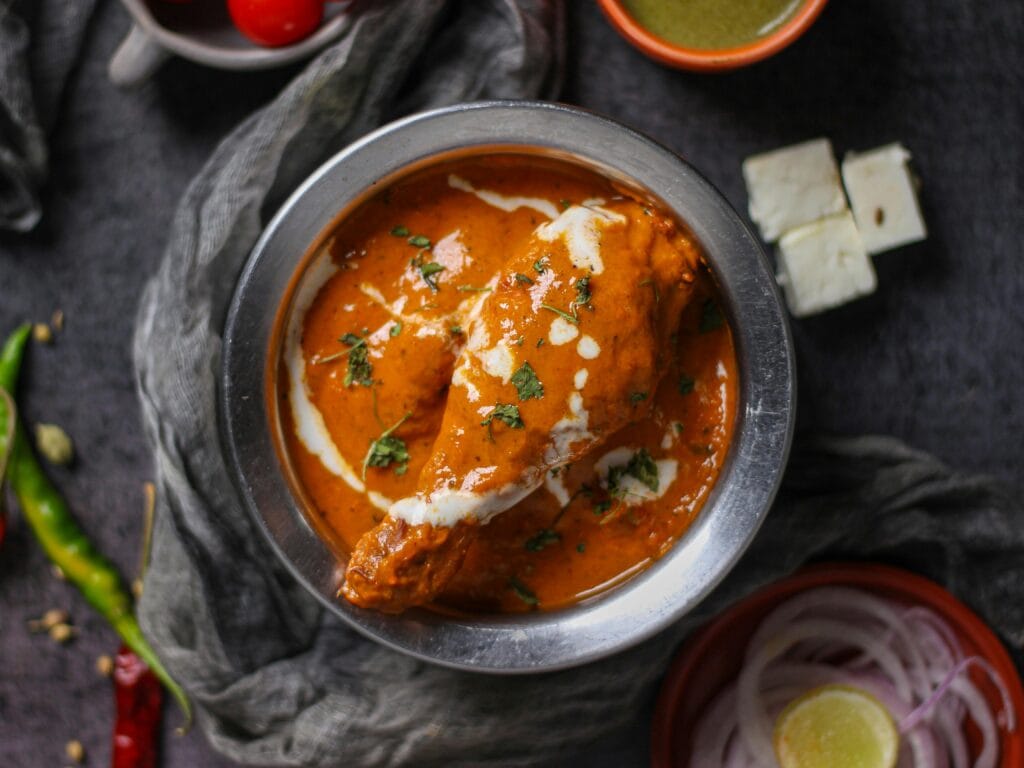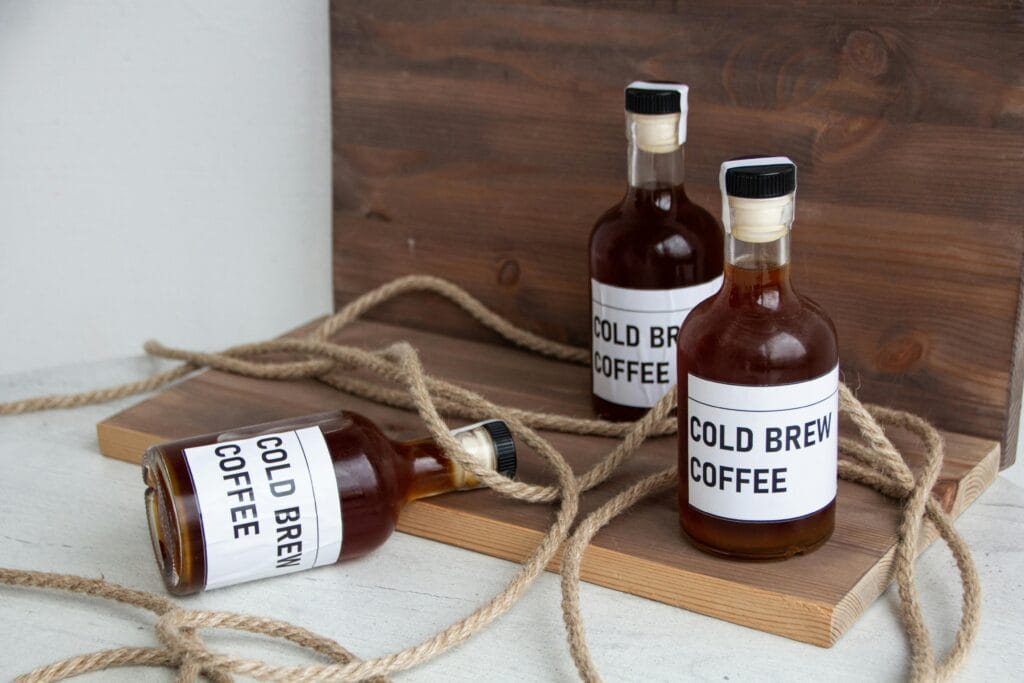What is Gelatin?
Gelatin is a flavorless, odorless protein derived from collagen, which is naturally present in the connective tissues, bones, and skin of animals. When dissolved in hot liquid and cooled, it forms a gel-like texture that is both firm and elastic.
Types of Gelatin Used in Culinary Arts
1. Powdered Gelatin
Most common in home kitchens.
Easy to measure and dissolve.
2. Sheet Gelatin (Leaf Gelatin)
Preferred by professional chefs.
Provides precision and consistency.
3. Instant Gelatin
Requires no blooming.
Quick and convenient for instant recipes.
4. Vegan and Vegetarian Alternatives
Agar-Agar (seaweed-based).
Carrageenan (from red seaweed).
Pectin (fruit-based, commonly used in jams and jellies)
Culinary Uses of Gelatin
Gelatin is an essential gelling, stabilizing, and thickening agent in both sweet and savory dishes.
1. Gelatin in Desserts
Jellies and fruit molds.
Panna cotta and custards.
Marshmallows and mousse.
Bavarian cream and no-bake cheesecakes.
2. Gelatin in Confectionery
Gummies and fruit chews.
Jelly beans and marshmallows.
Frostings and icings for stability.
3. Gelatin in Baking
Provides structure to whipped creams and mousses.
Helps cheesecakes set without baking.
Keeps fillings and frostings stable.
4. Gelatin in Savory Dishes
Aspics and terrines – traditional European meat and vegetable dishes.
Soups and broths – gelatin-rich stocks add natural thickness.
Cold cuts – some charcuterie items are set with gelatin.
5. Gelatin in Beverages
Clarifies wines, juices, and beers by binding impurities.
Used in molecular mixology for layered cocktails.
Health Benefits of Gelatin
Beyond its culinary uses, gelatin is also nutritionally valuable.
Joint Health – Contains amino acids like glycine and proline that support cartilage.
Skin and Hair – Boosts collagen production, improving elasticity and shine.
Digestion – Protects and soothes the gut lining.
Protein Source – Provides small amounts of protein in the diet.
Tip: Gelatin is not a complete protein since it lacks some essential amino acids, but when combined with other protein-rich foods, it adds value to the diet.
Gelatin Recipes for Every Kitchen
1. Classic Fruit Jelly
Ingredients: Fruit juice, sugar, powdered gelatin.
Method: Bloom gelatin in water, heat juice with sugar, mix, and refrigerate until set.
2. Italian Panna Cotta
Ingredients: Cream, milk, sugar, vanilla, gelatin.
Method: Heat cream mixture, dissolve gelatin, pour into molds, and chill. Serve with fruit compote.
3. Homemade Gummy Bears
Ingredients: Fruit juice, honey, powdered gelatin.
Method: Mix juice and gelatin, pour into silicone molds, and set in the fridge.
4. Savory Aspic
Ingredients: Chicken broth, vegetables, meat, gelatin.
Method: Dissolve gelatin in hot broth, arrange meat and vegetables in a mold, pour broth, and refrigerate.
5. No-Bake Cheesecake
Ingredients: Cream cheese, whipped cream, sugar, gelatin, biscuit base.
Method: Mix filling with dissolved gelatin, pour onto crust, chill until firm.
Modern Culinary Trends with Gelatin
1. Molecular Gastronomy
Chefs use gelatin for spherification, foams, and gels, creating unique textures and presentations.
2. Clear Cocktails and Consommés
Gelatin helps clarify broths and beverages, making them crystal clear while maintaining flavor.
3. Plant-Based Gel Substitutes
With the rise of veganism, chefs experiment with agar, carrageenan, and pectin to mimic gelatin textures without animal products.
4. High-Protein Snacks
Gelatin is used in protein bars and fitness supplements for added collagen support.
Gelatin Substitutes for Vegan Cooking
For those avoiding animal-based products, here are the best alternatives:
Agar-Agar – Sets firmer than gelatin, suitable for jellies and panna cotta.
Pectin – Ideal for jams, preserves, and fruit jellies.
Carrageenan – Used in dairy-free milk and desserts.
Kudzu Root Starch – A natural thickener for soups and sauces.
